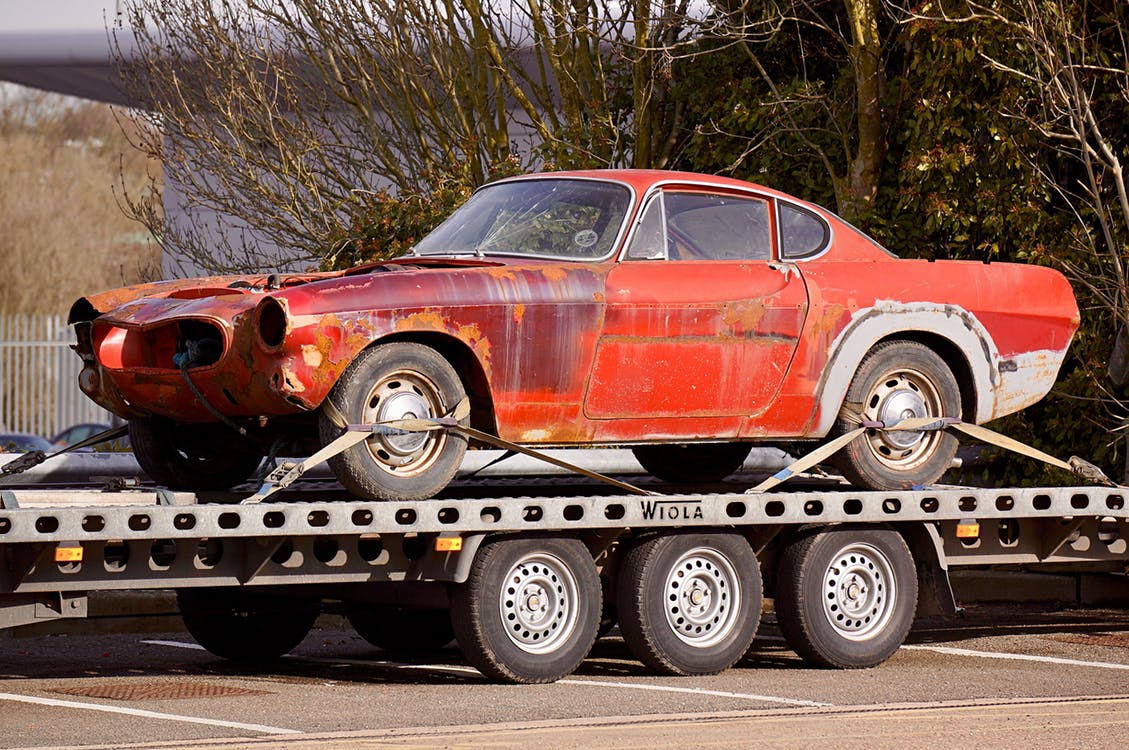Driving a vehicle with a trailer in tow can be a lot like surfing: in other words, look much easier than it actually is. In truth, towing a trailer from your vehicle calls for considerable care and attention, but you can apply much of both before you even head onto the road.
Whether you seek to use a trailer for transporting tools, camping equipment, other vehicles or anything else for leisure or work, here’s how you can help make sure things go smoothly.
Suitably equip yourself
How much can your vehicle tow? You can find out by consulting the manufacturer’s manual. Numbers you should look up here include the gross trailer weight (GTW) and the maximum tongue weight. With these figures at hand, you can more easily choose the right hitch.
Hitches are sorted into five classes, based on weight, outlined on the Popular Mechanics site, which advises you to “install a hitch receiver that’s heavy-duty enough to match your vehicle’s GTW and tongue-weight spec, even if you’re planning on towing only a small trailer.”
Configure the hitch height
When attached to your vehicle, the loaded trailer must be level to the ground. If it isn’t, you can use an adjustable or offset drawbar to level out the trailer. If you don’t know how tall the tongue of the trailer will be when it’s level, start measuring once the trailer is set up on flat pavement.
CNET has provided a checklist for you to go through when hooking the trailer to the vehicle.
Be careful when loading the trailer
You now know how much weight the vehicle-and-trailer combination can take, but you also need to know how to suitably distribute that weight on the trailer. The trailer could fishtail if you place too much at its rear, while overloading the trailer’s front can lead the vehicle to sag.
That, in turn, can hamper your handling and braking ability in the vehicle. Heed the general rule of thumb that the weight at the trailer’s front shouldn’t exceed about 9-15% of the overall weight.
Check the tires
Before setting off, check the tire pressures of both the towing vehicle and the trailer itself. The documentation provided with both can help you here. Remember that a well-inflated tyre will operate cooler and, therefore, better.
If you will be towing a light-duty trailer, small tires on one will spin relatively quickly and so could too easily overheat when in motion on a hot day. Also, check the trailer tyres’ tread depth, as Motoring Research advises.
Take these extra precautions, too
Plan out your trip carefully so that you can avoid obstacles, like dense city traffic and steep, mountainous areas, potentially posing particular challenges for a trailer-towing vehicle. Every few hours of driving, or whenever you stop, verify that the hitch and wiring are still secure.
Before the journey, you could take out a policy in trailer insurance to safeguard your peace of mind even further – especially if your existing vehicle insurance doesn’t cover the trailer.








